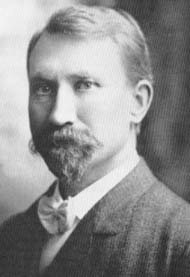
Ericameria nauseosa, commonly known as Chamisa, rubber rabbitbrush, and gray rabbitbrush, is a shrub in the sunflower family (Aster) found in the arid regions of western North America.
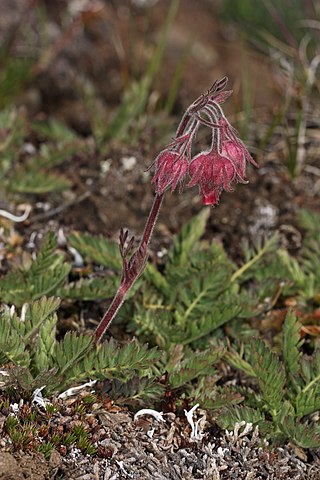
Geum triflorum, commonly known as prairie smoke, old man’s whiskers, torchflower, three-sisters, long-plumed purple avens, lion's beard, or three-flowered avens, is a spring-blooming perennial herbaceous plant of the Rosaceae family. It is a hemiboreal continental climate species that is widespread in colder and drier environments of western North America, although it does occur in isolated populations as far east as New York and Ontario. It is particularly known for the long feathery plumes on the seed heads that have inspired many of the regional common names and aid in wind dispersal of its seeds.

Carex rossii, commonly known as Ross's sedge, is a hardy species of sedge that is often a pioneer species in areas with little or no established vegetation, or in places where disturbance has occurred. Ross's sedge grows in a variety of habitats throughout much of western North America, from Alaska to Ontario, south to New Mexico and California. It flowers in May and June.

Crepis occidentalis is a North American species of flowering plant in the family Asteraceae known by the common names western hawksbeard, or largeflower hawksbeard. It is native to western Canada and the western United States.

Crepis runcinata is a North American species of flowering plant in the family Asteraceae known by the common name fiddleleaf hawksbeard. It is native to western and central Canada, the western and central United States and northern Mexico (Chihuahua).
Oreochrysum is a genus of flowering plants in the family Asteraceae.
Arnica gracilis is a North American species of flowering plant in the family Asteraceae, known by the common name smallhead arnica. It is native to western Canada and the northwestern United States (Washington, Oregon, Idaho, Montana, Wyoming, north-central Colorado, and northern Utah.
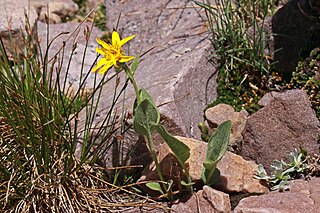
Arnica rydbergii is a North American species of flowering plant in the family Asteraceae, known by the common name Rydberg's arnica or subalpine arnica or subalpine leopardbane. It is native to western Canada, and the western United States.
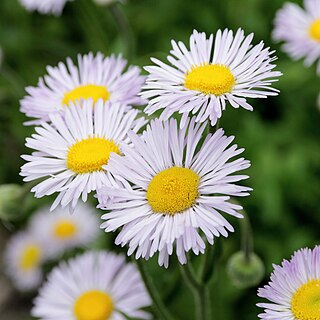
Erigeron formosissimus is a North American species of flowering plants in the family Asteraceae known by the common name beautiful fleabane.
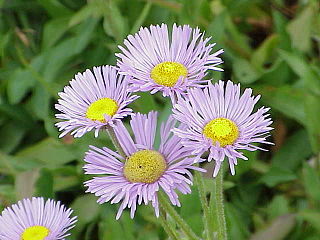
Erigeron glabellus is a North American species of flowering plants in the family Asteraceae, called the streamside fleabane.
Erigeron gracilis is a North American species of flowering plant in the family Asteraceae known by the common name quill fleabane.
Symphoricarpos vaccinioides is a North American species of flowering plant in the honeysuckle family. It had been found in western Canada and in the western United States.
Willard Webster Eggleston was an American botanist, employed by the United States Department of Agriculture Bureau of Plant Industry. He graduated from Dartmouth College in 1891 with a Bachelor of Science degree. In his work on the taxonomy of Crataegus, now known to be complicated by apomixis, polyploidy, and hybridization, he aimed to simplify, counteracting the proliferation of species names that other botanists had produced.

George Everett Osterhout was an American businessman and botanist. A Pennsylvania native, he later moved to Colorado and became known for his research into the flora of the Rocky Mountains. The standard author abbreviation Osterh. is used to indicate this person as the author when citing a botanical name.

Chionophila tweedyi, or Tweedy's snowlover, is a perennial herb in the plantain family. It is native to Idaho and Montana in the western United States.
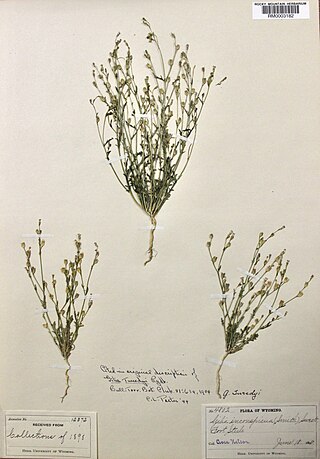
Gilia tweedyi, or Tweedy's gilia, is an annual plant in the phlox family. It is native to the northwestern United States.
Potentilla fissa, the bigflower cinquefoil, also known as the leafy cinquefoil, leafy drymocallis, or wood beauty, is a small plant also sometimes classified as Drymocallis fissa. It is a herbaceous plant with a thick taproot known for its moderately hairy leaves, redish leaf stems, and relatively large yellow flowers. It is native to foothills and lower mountains the Rocky Mountain region in the western United States.
Festuca minutiflora, the smallflower fescue, is a species of grass in the family Poaceae. It is native to Alaska, Alberta, Arizona, British Columbia, California, Colorado, Idaho, Montana, Nevada, New Mexico, Oregon, Utah, Wyoming, and the Yukon. Festuca minutiflora was first published in 1905 by Per Axel Rydberg.
